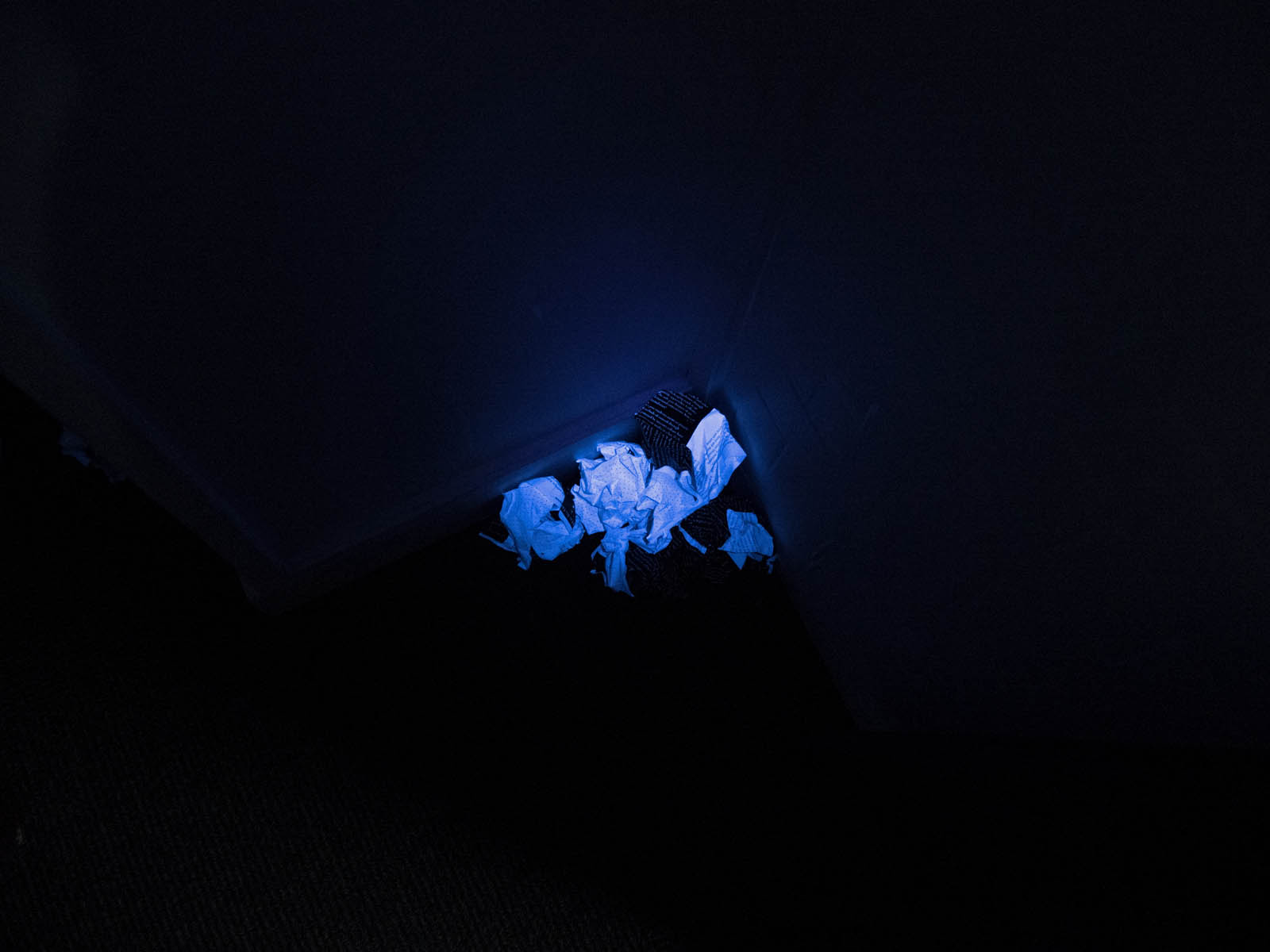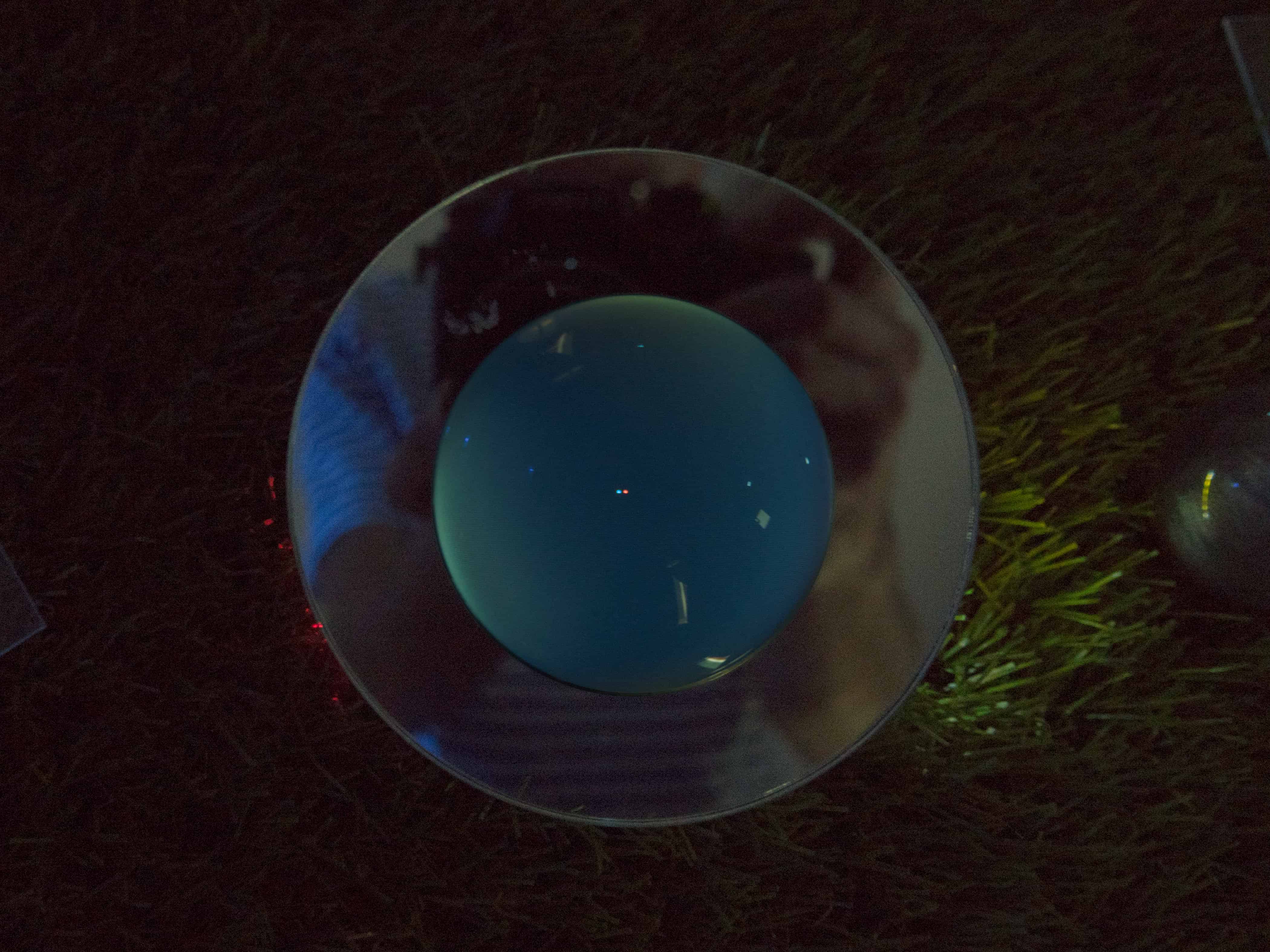
PRIVATE VIEW
Thursday 13 July 2017 // 6-9pm
Open to public Friday 14 July until Monday 17 July 2017// 10am-7pm (Sunday hours 10am-4pm)
Laurie Grove Baths
Goldsmiths, University of London, SE14
Imagine if the closure of Goldsmiths Centre for Cultural Studies truly marked the end of culture and higher education as we know it. Could we construct unique, productive and unmediated versions of reality, or have capitalism and neoliberalism truly stolen our imagined futures?
As we become overworked and overstimulated due to the increasing pace of daily life, conversely, we experience the slowing down of culture as we reach back into the past for the comfort of nostalgia. Mark Frost and David Lynch’s recently revived Twin Peaks reminds us of a question from the currently idolised 90’s: ‘What is the most precious thing one person can give another?…’ Our role as artists is to interrupt the depressive machine of capitalism and competition, looking for flickering moments where it is true that ‘the slow cancellation of the future is over’ (Berardi, 2014). By understanding the space we occupy as vacant, we can answer the above question, as Twin Peaks originally proposed, with: ‘…The Future’.
In an imagined post-apocalypse of both capitalism and culture, what form would art take, and how would it function? Free from the convention of art as a product, we could rediscover art as a process and as ‘a tool to understand the world we are living in’ (Bourriaud, 2014). Liam Gillick imagines the artist as a playfully mischievous dog, bringing back the things its master has thrown away. Detached from their original context and placed alongside other curiosities within this live archive, a new platform is formed through reconsideration and the highlighting of hidden connections.
In order for an interrogation of the present to begin, we must let go of both the pessimism of nostalgia and the optimism of expansion to become realists – agents de-idealizing the real as fixed. Imagined hierarchies are naturally in a state of flux; software, networks and other technological advancements are tools for their manipulation through the deep remixing of existing media (Manovich, 2007). The ever-changing result is an unprecedented variety of formats and possible approaches. Galleries, libraries and institutions are no longer the only gate-keepers of art knowledge. Yet, without the map of institutional conventions, how can we navigate this sea of accelerating accumulation?
The formlessness of digital culture in a post-truth era seems to present only disorder, subverting traditional methods of control through aesthetics and form. Fluid identities powered by internet culture have been adopted by politicians and the mainstream media in a last-ditch attempt to hold on to power. However, we, too, are active ingredients able to navigate our turbulent contemporary culture through accepting formlessness as potentiality. Investigating production as part of a journey without a path rather than a means to a finished form, the previously isolating convention of ‘getting it’ no longer applies. As the focus shifts from product to process, the passive viewer becomes a participant and is empowered through this transition.
With art as experience and digital culture as our medium, these two rooms explore the possibilities of a cultural post-apocalypse, reimagining art and curation as a process of discerning the synaesthetic experience of technology. An expansion of the possibilities of the senses is afforded by our collaboration with technical objects and virtual worlds. Compiler invites you to taste the opacity and clarity of encryption available at our Cryptobar, to feel the internet dance and to view the quality of television in only two pixels. You can leave an anonymous comment on our wall for others to discover and delve into our archive of obsolete objects from our not-so-distant past.













